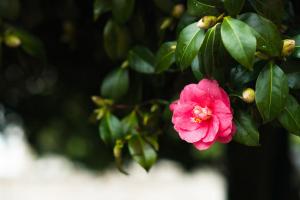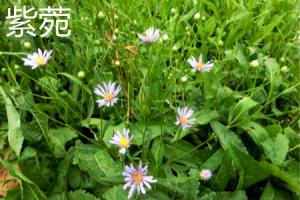How to Change Potted Plant Soil
If you have potted plants at home, you know how important it is to keep the soil healthy and fresh. Old soil can become compacted, which can prevent water and nutrients from reaching the roots of your plants. In this article, we’ll give you a step-by-step guide on how to change potted plant soil.
Step 1: Choose the Right Time
The first step to changing potted plant soil is to choose the right time. The best time to do this is in the spring or early summer, when your plants are beginning to grow again. Avoid changing the soil during the winter or fall, when your plants are dormant.
Step 2: Get Your Supplies Ready
Before you change the soil, make sure you have all the supplies you need. You’ll need a new bag of potting soil, a large container to mix the soil in, and a trowel or large spoon to scoop out the old soil. You may also need gloves and a mask if you have allergies or respiratory problems.
Step 3: Remove the Plant from the Pot
The next step is to remove the plant from the pot. Gently turn the pot over and tap the bottom to loosen the soil. If the plant is stuck, use a trowel or spoon to loosen the soil around the edges. Once the plant is out of the pot, gently brush off any excess soil from the roots.
Step 4: Remove the Old Soil
Now it’s time to remove the old soil. Use your trowel or spoon to scoop out as much of the old soil as possible. Make sure you remove as many roots as possible from the old soil, as they can be damaged or diseased. If the soil is very compacted, you may need to loosen it with your fingers or a tool.
Step 5: Mix the New Soil
The next step is to mix the new soil. Combine the new potting soil with some organic matter, such as compost or peat moss. Mix the ingredients well, until they’re evenly blended. Adding organic matter will help improve the soil structure and provide nutrients for your plants.
Step 6: Repot the Plant
Now it’s time to repot the plant. Fill the pot with a layer of the new soil, and then position your plant so that the top of the soil is level with the top of the pot. Fill in the gaps around the edge with new soil, making sure to pack it gently around the roots. Leave about an inch of space between the top of the soil and the rim of the pot, so that you can water the plant without it overflowing.
Step 7: Water the Plant
The final step is to water the plant. Give it a good soak, until the water drains out of the bottom of the pot. This will help settle the new soil and eliminate any air pockets around the roots. After watering, give the plant some time to settle in before fertilizing.
Now you know how to change potted plant soil! By following these simple steps, you can help your plants thrive and grow strong and healthy.

 how many times do yo...
how many times do yo... how many planted tre...
how many planted tre... how many pine trees ...
how many pine trees ... how many pecan trees...
how many pecan trees... how many plants comp...
how many plants comp... how many plants can ...
how many plants can ... how many plants and ...
how many plants and ... how many pepper plan...
how many pepper plan...





























